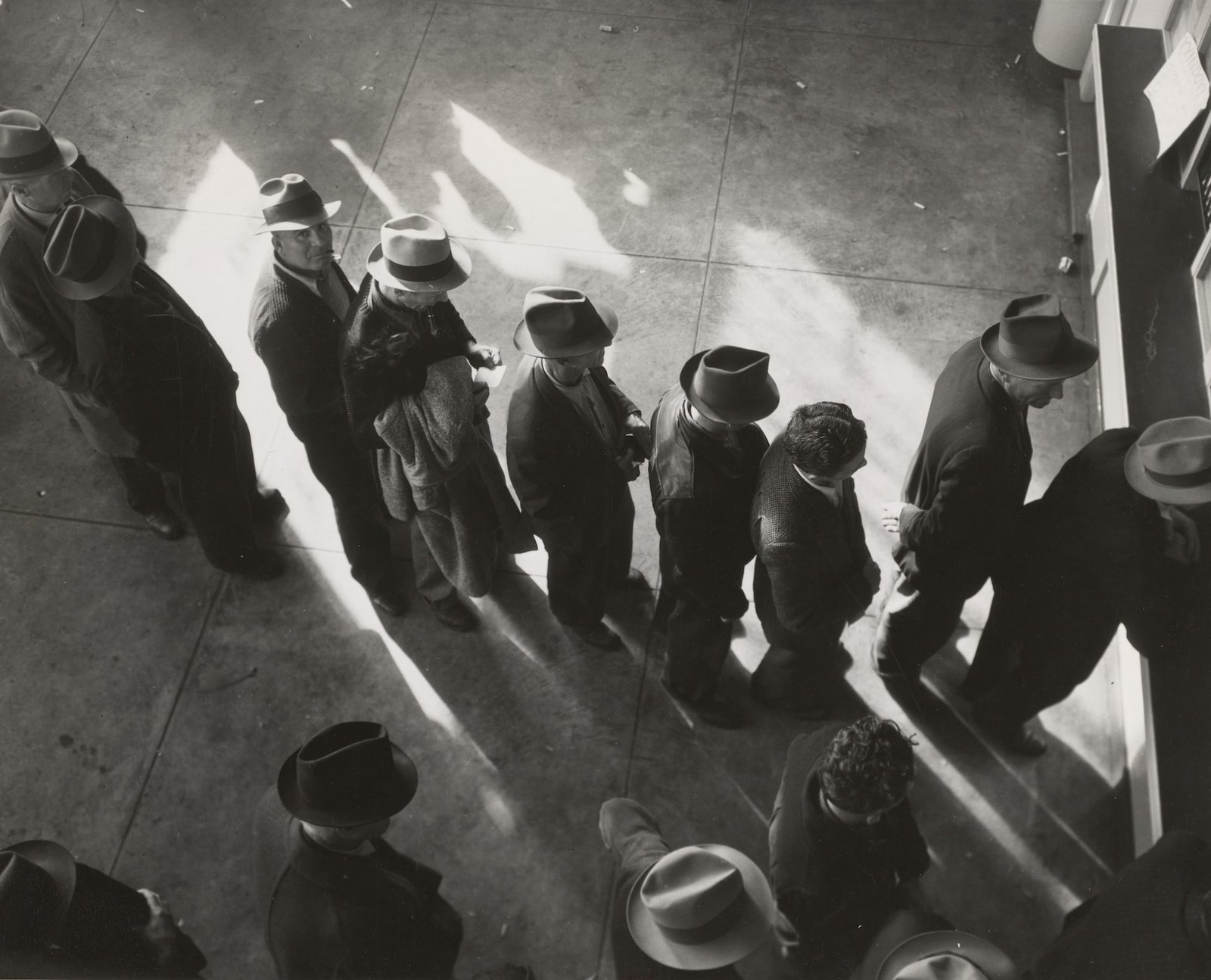Unemployment in the Great Depression
In the annals of American history, few events have left as profound an impact as the Great Depression. Spanning the 1930s, this period wasn’t merely characterized by dwindling stock prices or bank failures; its most haunting legacy was the specter of unemployment. Millions found themselves out of work, leading to social, political, and economic upheavals.
Setting the Stage: The Roaring Twenties
To comprehend the magnitude of unemployment during the Great Depression, one must first understand the preceding era. The 1920s, often termed the ‘Roaring Twenties,’ was a period of economic prosperity. Industries thrived, stock prices soared, and job opportunities abounded. However, this wasn’t destined to last. By the end of the decade, cracks started appearing, culminating in the infamous Black Tuesday of 1929 when the stock market crashed.
The Onset of Mass Unemployment
With the stock market’s collapse, a domino effect ensued. Here’s how unemployment became the Depression’s defining feature:
- Business Failures: As stock prices plummeted, consumer confidence waned. This led to reduced spending, resulting in businesses shutting down. With every business closure, more individuals found themselves jobless.
- Bankruptcies: The 1930s saw around 9,000 banks going bankrupt. Not only did these failures wipe out people’s savings, but also made it harder for businesses to secure loans. This, in turn, led to more business closures and, inevitably, more unemployment.
- Drought and Agriculture: The Dust Bowl, a severe drought that affected the Southern Plains, further exacerbated unemployment. Farmlands turned to dust, forcing farmers and agricultural workers to seek jobs elsewhere, often in vain.
The Human Toll of Unemployment
Unemployment wasn’t just an economic problem; it was a human tragedy:
- Breadlines and Soup Kitchens: With no source of income, many relied on charitable organizations. Breadlines, where individuals waited for hours for a free meal, became common sights in cities.
- Shantytowns: Often termed “Hoovervilles” (a dig at then-President Herbert Hoover), these makeshift towns were erected by homeless individuals using scrap materials. They symbolized the despair of the era.
- Family Dynamics: The traditional family structure was tested. Men, often viewed as breadwinners, grappled with the shame of unemployment. Women sought work, although opportunities for them were even scarcer. Children sometimes had to forego education to support their families.
Governmental Response
The sheer scale of unemployment compelled government intervention:
- The New Deal: President Franklin D. Roosevelt’s New Deal was a series of programs aiming to provide relief. Initiatives like the Civilian Conservation Corps (CCC) and the Works Progress Administration (WPA) were designed to provide jobs.
- Banking Reforms: To restore faith in banks and prevent future collapses, the Banking Act of 1933, which established the Federal Deposit Insurance Corporation (FDIC), was introduced.
- Social Security Act: Realizing the need for a safety net, the government introduced the Social Security Act in 1935, providing financial assistance to the elderly, the unemployed, and the differently-abled.
A Global Perspective
Unemployment during the Great Depression wasn’t confined to the U.S. The Depression was a global phenomenon, and countries from Germany to Australia grappled with soaring unemployment rates. International efforts, though disjointed, aimed to restore global economic health.
Emergence from the Depths
Recovery from the Great Depression was gradual. While New Deal policies alleviated some suffering, it was the onset of World War II that drastically reduced U.S. unemployment. The war industry, combined with soldiers enlisting, ensured that by the mid-1940s, the unemployment crisis had largely subsided.
Lessons Learned
The Great Depression, with its grim unemployment scenario, taught valuable lessons:
- Regulation is Crucial: Unbridled market practices of the 1920s partly led to the Depression. This era underscored the importance of market regulations to prevent future economic disasters.
- Importance of Safety Nets: The Depression emphasized the need for safety nets, both for individuals and businesses. Systems like unemployment insurance became more common post-Depression.
- Economic Interconnectedness: The global nature of the Depression revealed how intertwined global economies were. This realization paved the way for international economic collaborations post-World War II.
The Societal Impact of Mass Unemployment
- Migration Patterns: Unemployment and the Dust Bowl prompted a significant internal migration. Thousands headed west, especially to California, in search of jobs and better living conditions. John Steinbeck’s “The Grapes of Wrath” offers a poignant narrative of this migration.
- Mental Health Crisis: The psychological impact of job loss can’t be underestimated. Many suffered from depression, anxiety, and other mental health disorders. The loss of purpose and identity, particularly among those who had defined themselves by their professions, had profound psychological implications.
- Rise of Unions: As workers grappled with wage cuts and harsh working conditions, the 1930s witnessed a surge in union activity. The labor movement sought to protect workers’ rights, leading to significant labor-related legislation in subsequent years.
The Cultural Reflection of Unemployment in the Arts
The Great Depression and its resultant unemployment deeply influenced the arts:
- Literature: Authors like John Steinbeck and Richard Wright explored themes of poverty, unemployment, and social injustice in their works, giving voice to the suffering masses.
- Photography: The era produced iconic images that captured the essence of the times. Dorothea Lange’s “Migrant Mother” is perhaps the most iconic, encapsulating the despair and hope of the era.
- Music: Folk and blues music from the Depression era often revolved around themes of unemployment, poverty, and societal struggles. Artists like Woody Guthrie became voices of the downtrodden.
Conclusion
Unemployment during the Great Depression wasn’t merely about statistics; it was a poignant chapter where every number represented a story of struggle, resilience, and hope. While the U.S. and the world at large have faced subsequent economic downturns, lessons from the Depression continue to guide policies, ensuring that such a severe crisis remains a historical lesson, never to be repeated.








